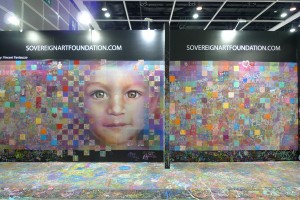
It is Wednesday the 25th of May and the opening of the Hong Kong Art Fair. In four short years this has risen to become one of the most important annual art fests in the world, quickly challenging Frieze in London, Art Basel and Art Basel Miami. Most of the major international galleries have taken stands in the newly and greatly enlarged Fair which now occupies two whole floors of the Hong Kong Exhibition Centre. This year the Fair attracted 260 exhibitors (more than double the number in 2008) from all over the world and many of them were keen to impress not only with their fabulously expensive art works but also competing as to who could put on the best party and attract the most international collectors.
One lady aficionado described it as the “Hong Kong Sevens of the art world” a reference to the number of out-of-town visitors and the enthusiasm which both the locals and out-of-towners bring to the drinking and partying surrounding the Fair.
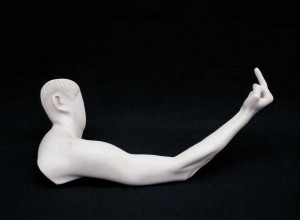
Pre-Fair events included White Cube and LVMH inviting the great and the good to the house of William Zhao for one of the most stylish parties of the week with many leaving early to rush to the Gagosian event hosted at a local night club to celebrate the opening of their Richard Prince exhibition.
Pearl Lam was ever present with her large and glamorous dinner parties and the week continued with many collectors spoilt for choice as to which social events to attend.
Talk of the town was the purchase of 60% of the Art Fair by Art Basel and the incarceration of Ai Wei Wei. The sale of the fair is due to complete in July this year and seems to be the final piece in the jigsaw giving Art Basel global reach. It also throws up some interesting questions about sponsorship.
UBS are deeply entrenched as sponsors of Art Basel and Art Basel Miami but Deutsche Bank are in the second year of a four year sponsorship deal with Art HK and already have a long term deal with Frieze. Which way will the new Art Basel HK go? Rumours abound about whether Deutsche will try to take over Art Basel and Miami or whether UBS will take over Art Basel HK. Or whether all will just stay as it is. The latest news is that Deutsche have an option to remain lead sponsor for another 3 years and will be doing just that.
At the Art Fair itself most galleries were reporting excellent sales when the Fair opened to VIP collectors only on Tuesday afternoon. Trade seemed brisk with many international galleries reporting that for the first time they were seeing buying interest in emerging Western Art from mainland Chinese visitors.
Mainland buyers have long been collecting the big name mainland artists, and dramatically driving their prices upwards, but until recently appeared to have little appetite for anything other than the big household “brand names” from Europe and further West. This may now be changing with collectors diversifying their interests into quality up and coming Western artists.
White Cube reported two buyers vying to purchase the apocalyptic Chapman brothers work which reprised the “Hell” piece destroyed in the Momart fire in London and the later “Fucking Hell”. This one was quaintly entitled “Das Capital is Kaput, Ja Nien Dumckompf” which director Tim Marlow described as “a kind of Hollywoodesque Sven Hassle Germanic style title” that “is a re-working of the last judgment where the undead return to take revenge on the Nazis who were potentially causing the apocalypse we are looking at now”.
The piece later sold to a Korean collector for a reported £525,000. White Cube are possibly one of the last major galleries not to have set up an operation in Hong Kong but are said to be actively looking to do something in the region.
Cheim and Read were reported to have sold 3 Louise Bourgeois works to a Chinese collector and David Zwirner seemed to have had great success with the sale of a number of different pricey works.
The engaging Henry Au-Yeung, director and owner of Grotto Gallery, reported an almost sell out of his stock on the first day. The gallery represents only local Hong Kong artists, an increasing number of which are producing excellent quality work that is still reasonably priced – indeed cheap. International collectors might want to take note – or maybe have already done so.
Other local galleries on the main floor included the long standing Schoeni showing mainly mid-career but sought after mainland artists.
Cat Street Gallery showed an eclectic mix of work from Australia, Europe and elsewhere but, importantly, new and Hong Kong themed work by the “Godfather of Pop Art”, Sir Peter Blake.
10 Chancery Lane were doing brisk business with an interesting new work by Wang Keping. Famous for his polished wood figurative based sculptures, they were showing a piece made up of what looked like large rusty metal tissue boxes. The idea was collectors could buy as many of these as they wished and arrange them how they wished. ‘Do it yourself’ art?
Amelia Johnson was showing gallery artist Konstantin Besmerty, an established but still rising star from Macau. Of particular interest was a novel sculpture/installation showing a golden hand with a finger pointing upwards and attracting lightening.
There was much interest at Gallery Urs Meiler in a marble sculpture by Ai Wei Wei of an arm extended with a single finger pointing upwards in an up yours type gesture. It’s not hard to imagine who is getting the finger. Interest in his work has long been strong but has increased dramatically since his incarceration for “economic crimes”. The art world is not unsurprisingly sympathetic to his plight, convinced that his arrest was politically motivated, and there were numerous messages of support spoken and written around the fair. I am sure he would agree that it would be preferable if his career could have a boost without the need for free board and lodging from the Chinese authorities.
The third floor created a totally different vibe. This housed galleries participating as either part of the Asia One project or the Lane Crawford sponsored Art Futures prize. In Asia One, participating galleries were asked to show work by only one Asian artist. The rather confusing Art Futures prize was for galleries less than five years old, showing younger and emerging artists. Most galleries in this category did not seem to know much about the Prize or the criteria for entry, or judging. The winner was Chinese artist Gao Weigang with her work entitled “Intuition”. This comprised a number of different pieces, the most striking of which was a traditional looking ink drawing of a tiger on a paper scroll. Confusingly though, the award appeared to go to the presenting gallery – Magician Space, Beijing – but the prize money went to the artist. Some work needs doing on this Prize so that participating galleries actually know that they are entering, how the prize works and so that the public understand what it is all about.
Also on this floor were various not-for-profit organisations and some art publications. Quite a number of the galleries on the third floor had displayed at Art HK since it started and initially felt somewhat slighted, thinking they had been pushed up to the second tier. They would have preferred to be amongst the major international galleries downstairs. Indeed some of the international galleries downstairs suggested they would have preferred to have more local galleries round them to give the fair a more local flavour. However, it soon became apparent that the upstairs galleries were creating a real buzz with the audience and attracting the largest numbers of the public, so many ended up with a big smile on their face and full of praise for the initiative they had initially derided. The organisers were also quite clever with the traffic flow. All ticket buyers were channelled upstairs first although the extensive VIP list could go wherever they liked.
Highlights on this floor included Red Gate Gallery’s LED works from the Chinese collective Island 6. Two of these works were interactive displaying a telephone number which, when called caused the main character to react and then text the caller back. Great fun! Their show sold out completely.
MEM Gallery from Tokyo were showing a ceramic sculpture work by the 79 year old Japanese artist Kimiyo Mishima who was ever present on the stand and showed impressive enthusiasm and stamina. Her show comprised various pieces which appeared to be cardboard boxes filled with scrunched up newspaper or shopping baskets full of twisted metal cans – all painstakingly made out of porcelain and all one-offs. Her work has hitherto seemed to be better appreciated by museums than the public but her show was a sell out here and Mishima delighted everybody who visited the stand.
Gallery Madder 139 were showing work by Paul Chiappe who produces miniscule but highly detailed pencil drawings that reference old-fashioned box camera photographs. A typical work apparently takes up to three months and emerges in a size of around 4cm x 4cm.
18 Gallery were having great success with their interesting take on traditional Chinese ink drawings created by Yang Yong Liang. What at first glance seemed like traditional mountain scenes in ink and pen, on closer inspection revealed tower blocks, cranes and other building paraphernalia. This artist was also represented by Gallery Paris Beijing, whose stand was occupied by the popular Liu Bolin who photographs himself painted to merge into the background. Gallery director Romain Degoul told me that Liu Bolin was the most searched artist on Artnet last year.
Attracting huge interest, particularly amongst the younger visitors, was my own Sovereign Art Foundation stand where Australian artist Vincent Fantauzzo – recent winner of both the Packer and Moran prizes in Australia- directed the creation by the public of his graffiti wall, designed to highlight the involvement of the Foundation with projects helping disadvantaged children through the arts as therapy and rehabilitation. Many artists visiting the show came up to the booth and helped out with the drawing. This project partnered with a similar event downstairs created by website Yummy Mummy who produced a “tree of life” upon which children made their handprints and famous artists, including Morakami, made annotations. The artwork created will be donated to the Sovereign Art Foundation for auction at one of their events later in the year.
Next door, the Asian Cultural Council had an interactive stand which also attracted much interest. The ACC exists to encourage and sponsor promising artists and to support cultural exchange in the visual and performing arts between the United States and Asia.
So what did every think of the Fair?
Gallerists largely seemed pleased with the event and the number of buyers passing through. Most recorded good sales and made great new contacts in this burgeoning and increasingly important market. Opinion about the takeover by Art Basel was mixed. Many feared that the Fair would lose its character and purpose, and that local and regional galleries may be squeezed out by big international names, making the Fair like every other international fair.
Others thought Art Basel would take the fair to a new level and were sure that the organisers would recognise the need for local and regional participation to differentiate the fair.
Initially Art Basel announced that the fair would move to an early February date to put distance between it and Art Basel. This immediately added to local worries as the dates were just after Chinese New Year, when most local and mainland buyers would be holidaying with family and so, unavailable. Perhaps a little more research might have been a good idea. They have since announced, in response to these concerns, that the fair will continue as is in late May – for now – but will eventually move to early spring.
The public visited in record numbers. The official press release reports 63,511 visitors – a 37% increase on last year. They seemed to be almost unanimously in approval.
All participants appeared to agree that the organisation was excellent, so credit to Magnus Renfrew and Charles Ross. They were, and have asked me to point this out, very ably assisted by their team.
Howard Bilton is the founder of the Sovereign Art Foundation

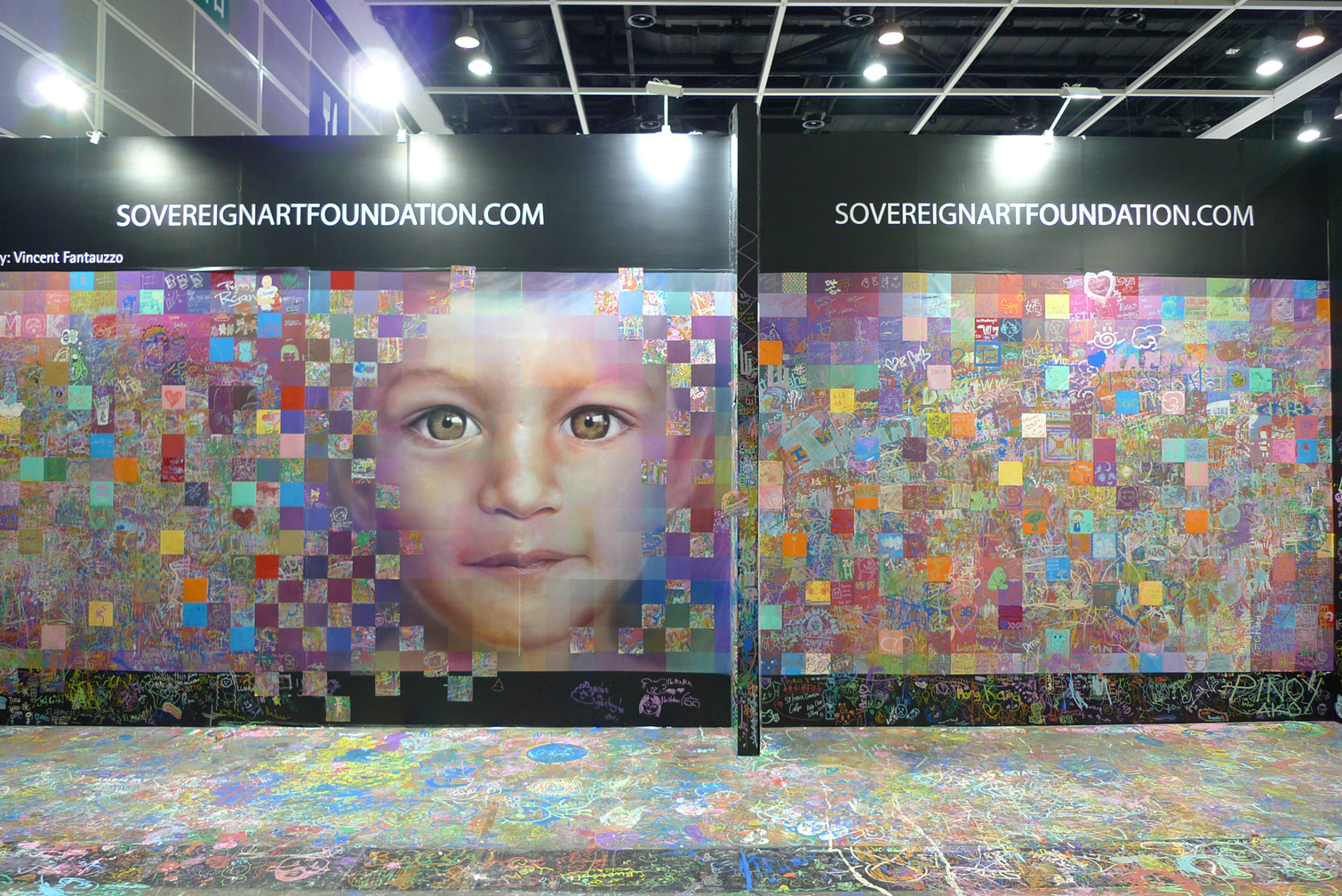

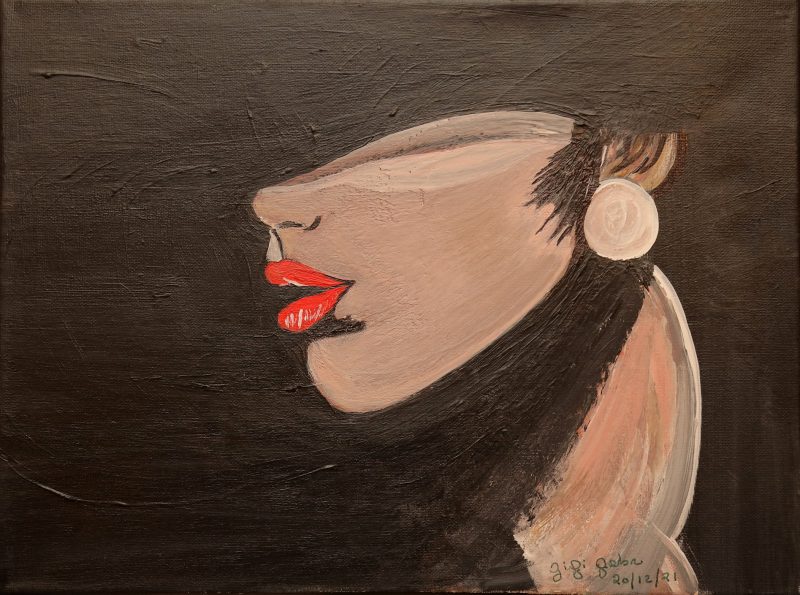
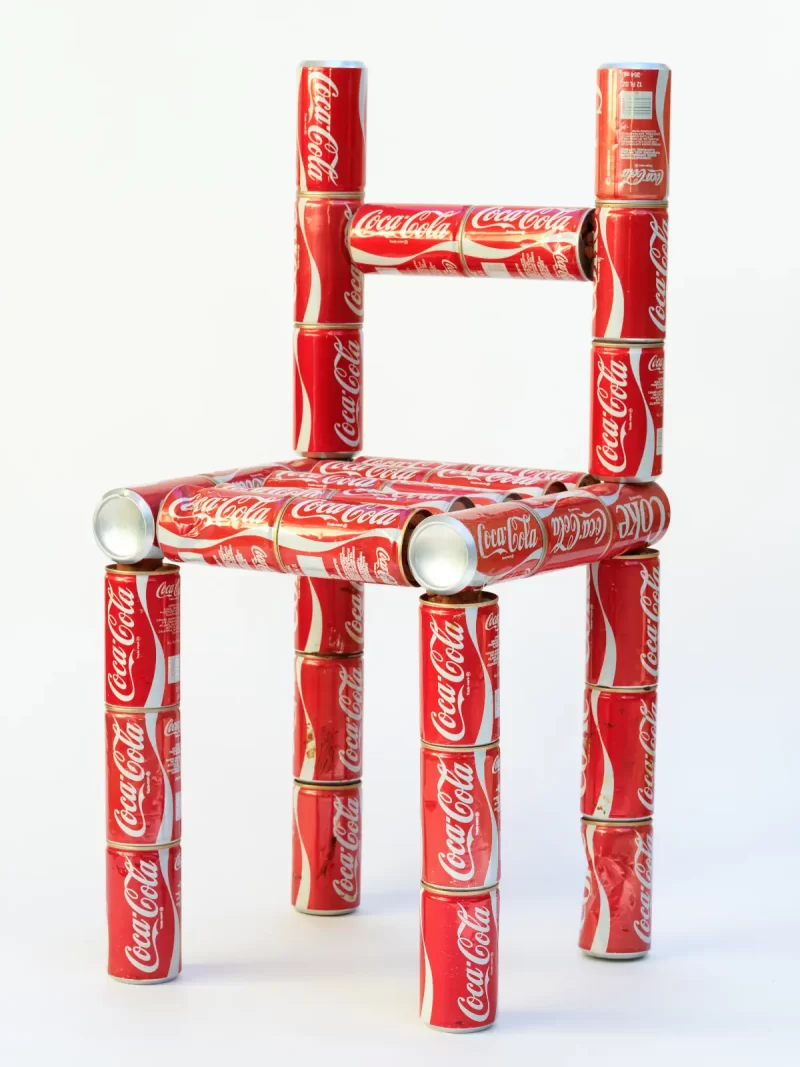

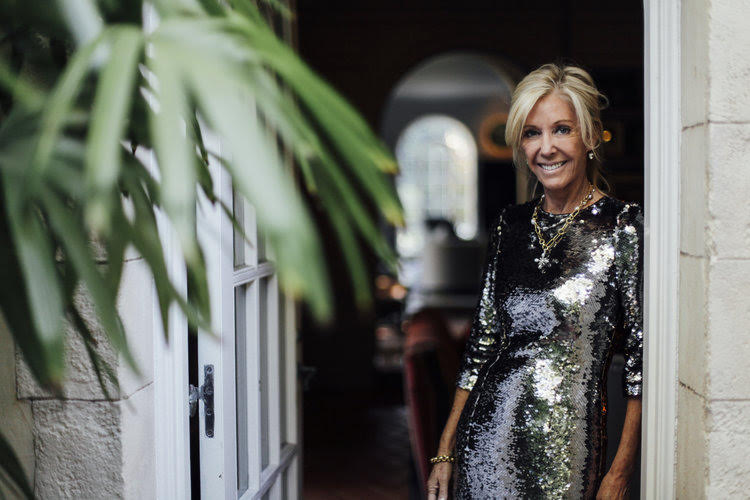
 Saving...
Saving...